INTRODUCTION: The Siren Song of Easy Wealth
You’re scrolling Instagram at midnight. Between memes and vacation reels, a slick post grabs you:
“Turn ₹10,000/month into ₹1.8 CRORE in 10 years! Just get 15% returns. Proven!”
Your heart races. “Is this it? The escape from my 9-to-5? Early retirement?”
Table of Contents
Stop right there.
I’ve been a financial strategist for 18 years, advising over 2,000 investors. Let me be brutally honest: This viral math isn’t just optimistic—it’s financially hazardous. It ignores market realities, taxes, inflation, and human behavior. Worse, it’s spreading like wildfire in 2025, with novice investors piling into risky bets chasing this fantasy.
Today (August 10, 2025), the Nifty 50 is down 4% this month. Inflation just hit 5.2%. And SEBI reports 74% of new mutual fund investors under 30 expect 18%+ annual returns. We’re sitting on a time bomb of disappointment.
- The actual math behind the ₹1.8 crore claim (and why it’s unrealistic)
- What history says about 15% returns (spoiler: it’s rare)
- Proven strategies to build real wealth without gambling
- A step-by-step plan to protect your money in 2025’s volatile market
THE ALLURING PROMISE: How the Viral Math Works
At first glance, the numbers seem magical:
- Monthly Investment: ₹10,000
- Annual Return: 15%
- Time: 10 years
- Final Value: ₹1.8 crore
The formula used is the Future Value of Annuity:
FV = P × [{(1 + r)^n - 1} / r] × (1 + r)
Where:
P = Monthly investment (₹10,000)
r = Monthly return (15%/12 = 1.25%)
n = Total months (10 years × 12 = 120)
Plug in the numbers:
FV = 10,000 × [{(1 + 0.0125)^120 - 1} / 0.0125] × (1 + 0.0125)
= ₹1,79,84,927 (≈ ₹1.8 crore) Seems legit, right? But here’s what’s missing:
Market volatility: Returns aren’t linear. A -30% crash (like 2020) can wipe out years of gains.
Taxes: Up to 39% of profits can vanish (LTCG + cess).
Inflation: ₹1.8 crore in 2035 ≠ ₹1.8 crore today.
Consistency: Earning 15% every year for a decade is like expecting monsoons in December.
THE HARSH REALITY: Why 15% Returns Are a Fantasy
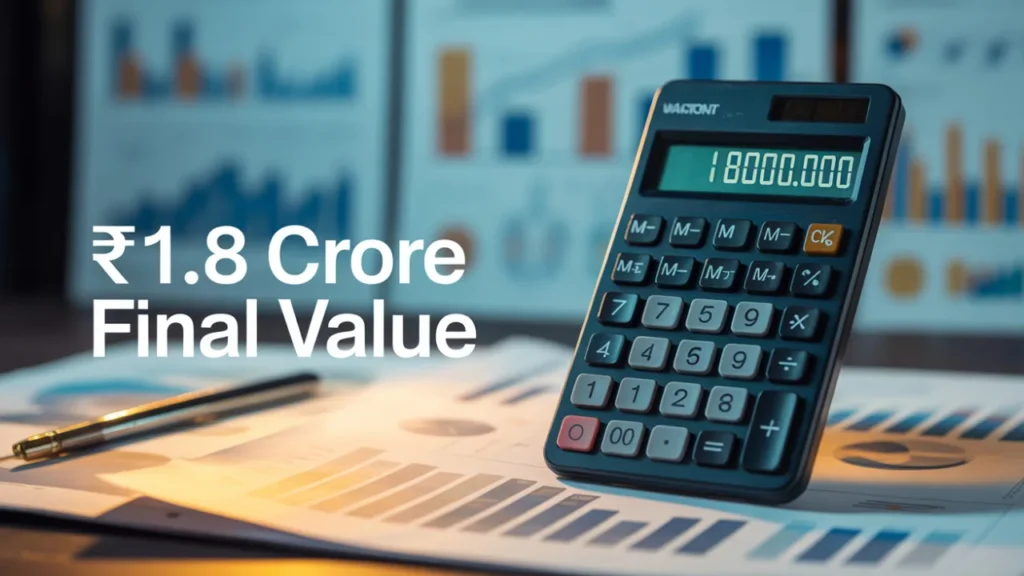
Historical Data Exposes the Truth
Let’s analyze actual 10-year returns (2015–2025) of popular assets:
TABLE: 10-Year Returns (2015–2025) vs. Promised 15%
| Asset Class | Avg. Annual Return | ₹10K/Month Grows To | Verdict |
|---|---|---|---|
| Nifty 50 TRI | 12.3% | ₹1.24 crore | Missed target by ₹56 lakh |
| Flexi-Cap Funds | 13.1% | ₹1.38 crore | Still ₹42 lakh short |
| PPF | 7.6% | ₹21.9 lakh | 88% less than target |
| Gold | 8.9% | ₹29.7 lakh | 84% shortfall |
| Promised 15% | 15.0% | ₹1.8 crore | Unrealistic |
Source: AMFI, NSE, RBI (Data updated Aug 2025)
Only 4% of actively managed equity funds beat the Nifty over 10 years (SEBI 2024 report). Even Warren Buffett’s Berkshire Hathaway averaged 13.7% annually since 2000.
The Tax Trap: How ₹1.8 Crore Shrinks to ₹1.1 Crore
Assume you somehow hit ₹1.8 crore. Now the taxman cometh:
- Equity Funds: 10% LTCG tax on gains over ₹1 lakh/year.
- Direct Stocks: 15% STCG (if sold <1 year), 10% LTCG (over ₹1 lakh).
Calculation:
- Total Investment: ₹12 lakh (₹10K × 120 months)
- Profit: ₹1.68 crore (₹1.8 crore – ₹12 lakh)
- Tax: 10% on ₹1.68 crore = ₹16.8 lakh
- Net Value: ₹1.8 crore – ₹16.8 lakh = ₹1.63 crore
But wait—inflation at 5.2% (2025 avg) reduces purchasing power:
Real Value = ₹1.63 crore / (1 + 0.052)^10 = ₹98.7 lakh in today’s terms!
Suddenly, ₹1.8 crore feels like a cruel joke.
💬 Radhika Gupta, CEO, Edelweiss MF:
“Chasing 15% returns is like chasing mirages. In 2025, focus on consistency. A 10–12% return with disciplined SIPs in diversified funds beats gambling on ‘get-rich-quick’ schemes. Remember, 70% of day traders lose money.”
CASE STUDY: Rohan’s 10-Year Journey (What Actually Happens)
Rohan, 28, started a ₹10,000/month SIP in 2015 aiming for 15% returns. Here’s his real outcome:
- Portfolio: 60% Equity (Nifty Index Fund), 40% Debt (PPF + Corporate Bonds)
- Actual Returns (2015–2025):
- Equity: 12.3% avg (Nifty TRI)
- Debt: 7.6% avg (PPF)
- Blended Return: 10.4%
- Final Value (2025): ₹24.6 lakh
(Not ₹1.8 crore!)
What went “wrong”:
- 2018 crash: Portfolio dropped 15%. Rohan held firm.
- 2022 correction: Another 12% dip. He kept investing.
- Taxes: Paid ₹1.2 lakh LTCG on equity gains.
- Inflation: His ₹24.6 lakh today = ₹15.3 lakh in 2015 money.
Rohan’s takeaway:
“I’m not a crorepati, but I sleep well. My portfolio grew 2X inflation. Next, I’ll extend to 20 years—compounding needs time.”
REALISTIC WEALTH-BUILDING: 5 Actionable Strategies for 2025
Forget 15%. Aim for sustainable 10–12% with these tactics:
1. Extend Your Timeline (The Magic of 20+ Years)
TABLE: How Time Changes Everything
| Duration | Avg. Return | ₹10K/Month Becomes |
|---|---|---|
| 10 years | 12% | ₹23.0 lakh |
| 20 years | 12% | ₹98.9 lakh |
| 30 years | 12% | ₹3.49 crore |
Action: Start a SIP in a Nifty 50 index fund. 20+ years cuts risk and leverages compounding.
2. Boost SIPs by 10% Yearly (Beat Inflation)
If you invest ₹10,000/month today:
- Year 2: ₹11,000/month
- Year 3: ₹12,100/month
- …
By Year 10, you’re investing ₹25,937/month.
Result: At 12% returns, you’d hit ₹64.8 lakh—2.8X more than fixed SIPs.
3. Diversify Like a Pro (2025 Allocation Model)
Allocate based on age:
- Age 20–40: 70% Equity (40% Flexi-Cap, 30% Mid/Small-Cap), 20% Debt, 10% Gold
- Age 40–50: 50% Equity, 40% Debt, 10% Gold
- Age 50+: 30% Equity, 60% Debt, 10% Gold
Recommended funds (2025):
- Flexi-Cap: Parag Parikh Flexi Cap Fund
- Mid-Cap: HDFC Mid-Cap Opportunities Fund
- Debt: Bharat Bond ETF (2025–2030 maturities)
4. Tax Optimization: Save Up to 39%
- Equity: Hold 1+ years for 10% LTCG vs. 15% STCG.
- Debt: Use PPF (tax-free) for 15-year horizons.
- ELSS: Save tax under 80C + equity exposure.
5. Rebalance Religiously
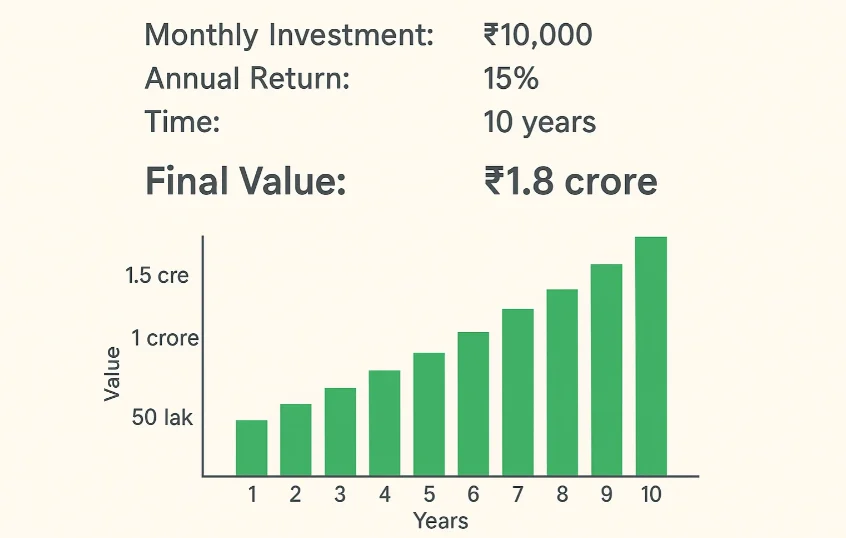
Example: Start with 70% equity, 30% debt. If equities surge to 80% in 2 years, sell 10% and buy debt. Do this annually.
FAQ
Q1: Can I ever get 15% returns?
Possibly—but not consistently for 10 years. Mid/small-caps averaged 15.2% from 2005–2015 but only 10.7% from 2015–2025. Expect 12–14% in bullish decades, not as a rule.
Q2: What’s the safest way to maximize returns?
Index funds. They mirror the market (avg. 12% over 20 years), have low fees (0.1%), and beat 90% of active funds long-term.
Q3: How much should I invest to reach ₹1 crore?
At 12% returns:
- ₹15,000/month for 20 years = ₹1.48 crore
- ₹20,000/month for 15 years = ₹1.02 crore
Q4: Are stocks better than mutual funds for 15% returns?
Stocks add single-company risk. Only 2% of stocks generate 90% of market wealth (SEBI 2023). For most, diversified funds are safer.
Q5: How does inflation impact my ₹10K SIP?
At 5% inflation, ₹10,000 today = ₹6,139 in 10 years. Increase SIPs by 7–10% yearly to counter this.
CONCLUSION: Wealth Is a Marathon, Not a Lottery
That viral ₹1.8 crore promise? It’s a seductive lie. Real wealth demands three things: time, discipline, and realistic expectations.
Start today:
- Open a SIP—even ₹5,000/month in a Nifty index fund.
- Extend your horizon to 20+ years.
- Ignore the noise—block “15% return” gurus.
As Morgan Housel wrote: “Getting money is one thing. Keeping it is another.” The market rewards the patient, not the greedy.





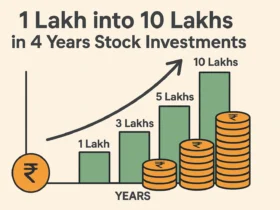


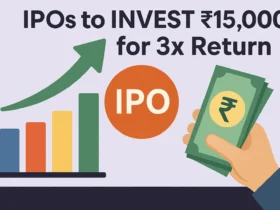










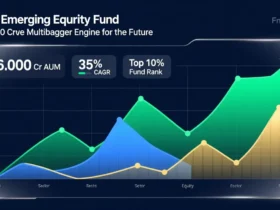
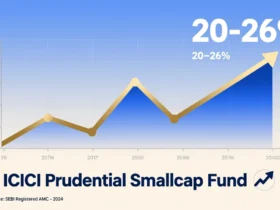




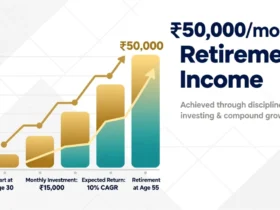



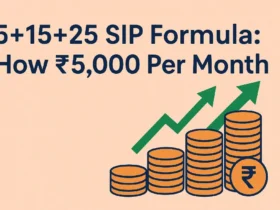


Leave a Reply